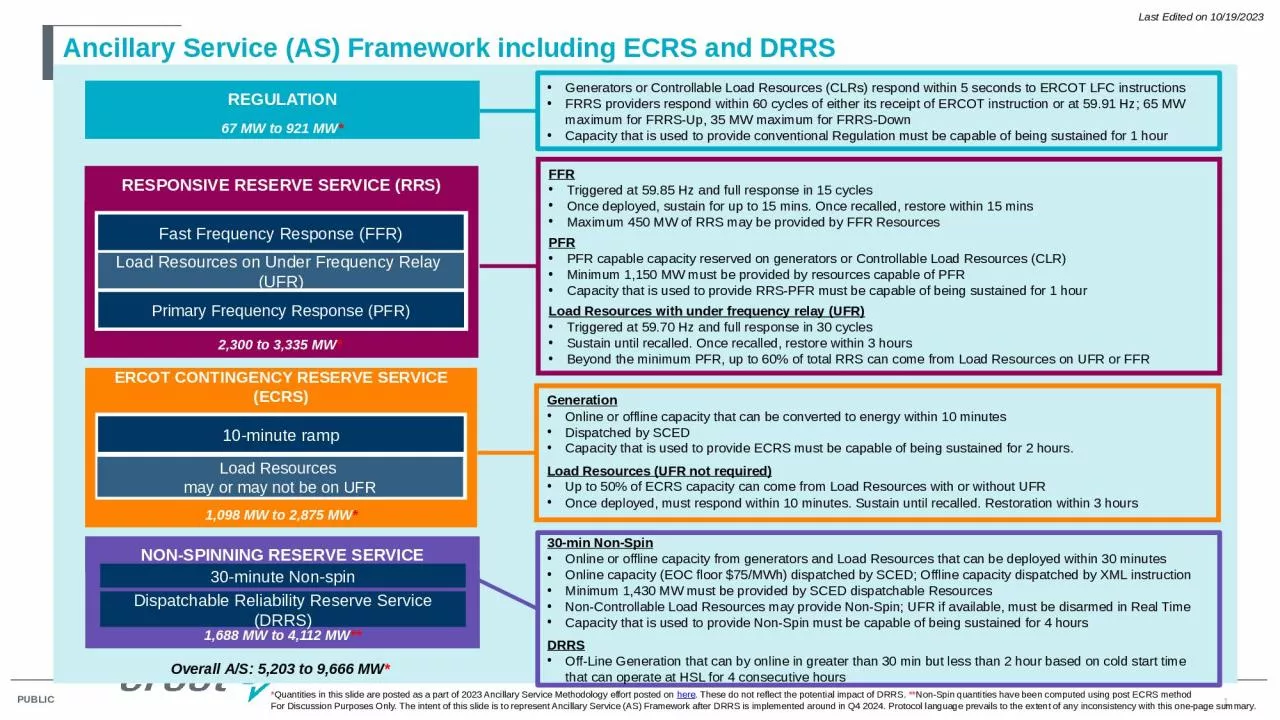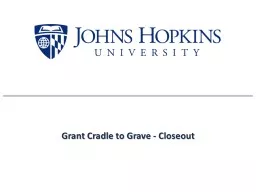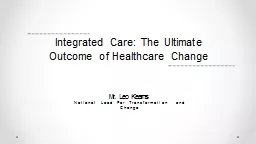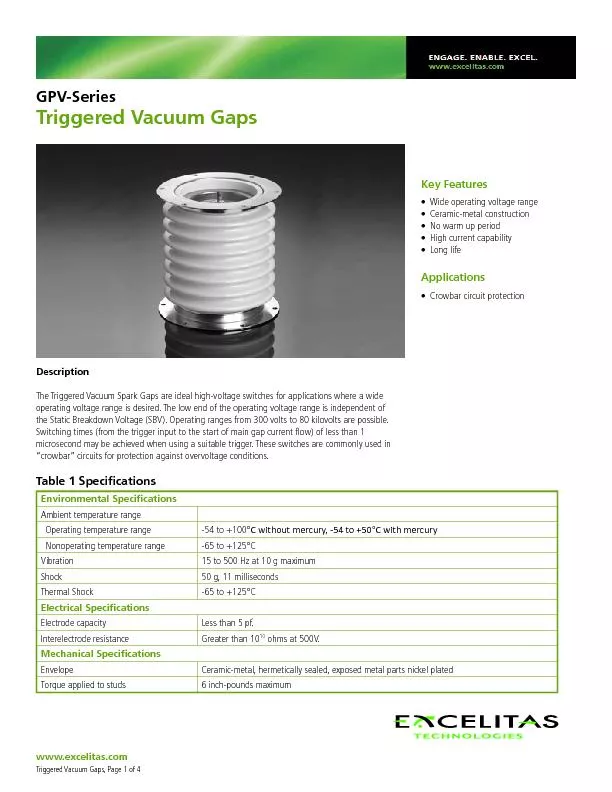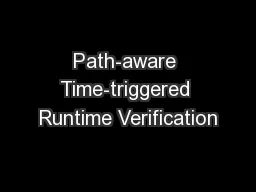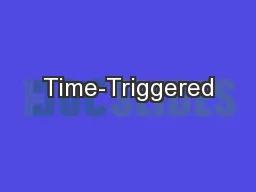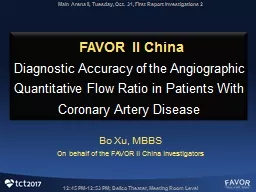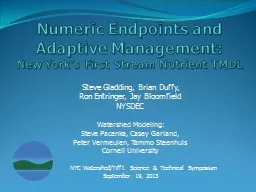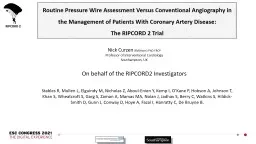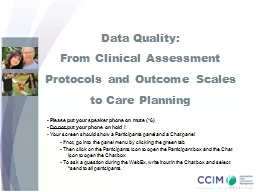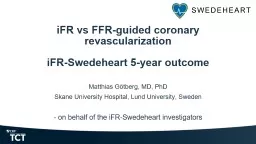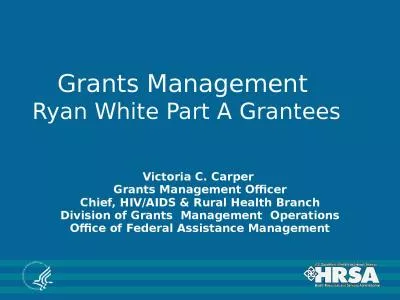PPT-FFR Triggered at 59.85 Hz and full response in 15 cycles
Author : christina | Published Date : 2024-02-09
Once deployed sustain for up to 15 mins Once recalled restore within 15 mins Maximum 450 MW of RRS may be provided by FFR Resources PFR PFR capable capacity reserved
Presentation Embed Code
Download Presentation
Download Presentation The PPT/PDF document "FFR Triggered at 59.85 Hz and full respo..." is the property of its rightful owner. Permission is granted to download and print the materials on this website for personal, non-commercial use only, and to display it on your personal computer provided you do not modify the materials and that you retain all copyright notices contained in the materials. By downloading content from our website, you accept the terms of this agreement.
FFR Triggered at 59.85 Hz and full response in 15 cycles: Transcript
Download Rules Of Document
"FFR Triggered at 59.85 Hz and full response in 15 cycles"The content belongs to its owner. You may download and print it for personal use, without modification, and keep all copyright notices. By downloading, you agree to these terms.
Related Documents

